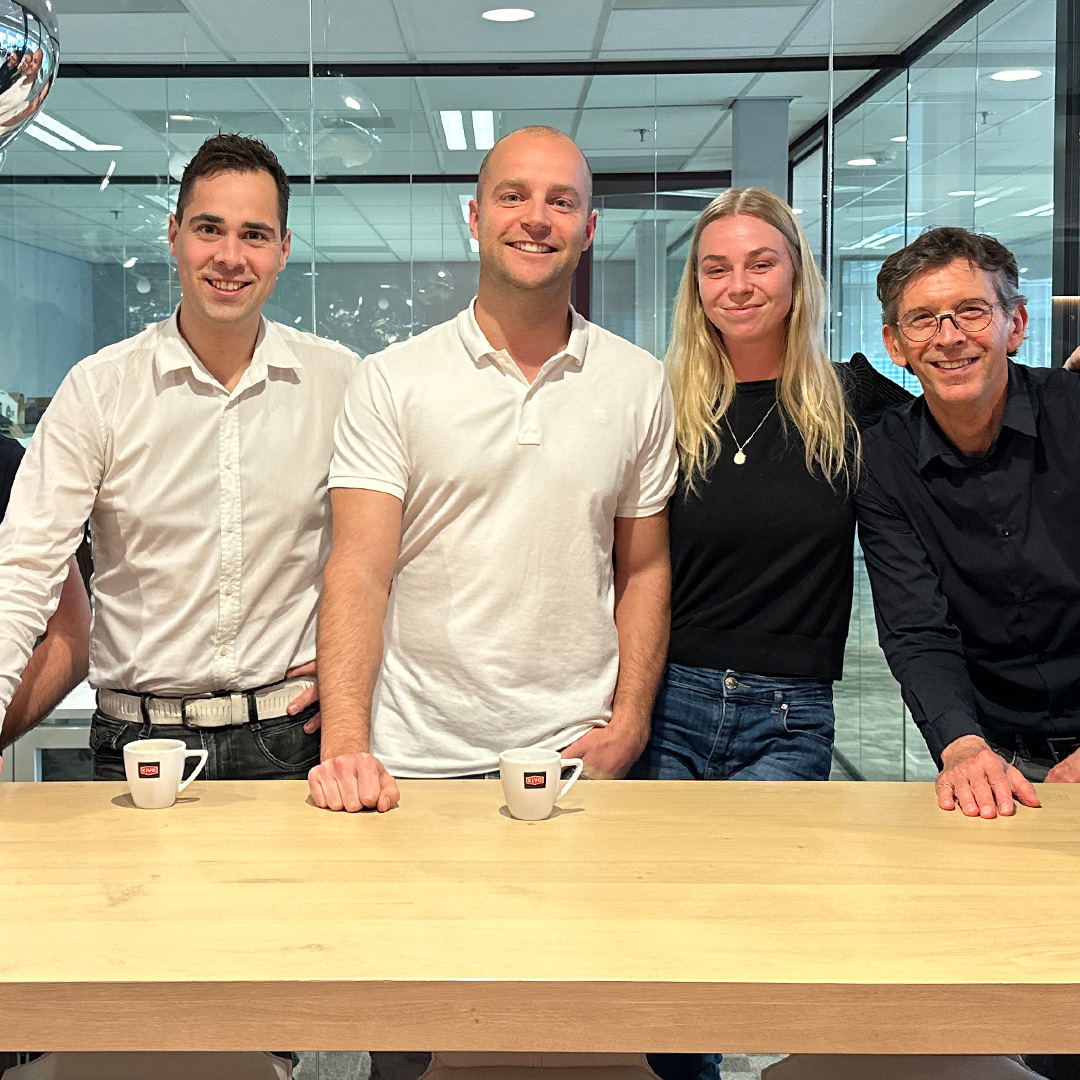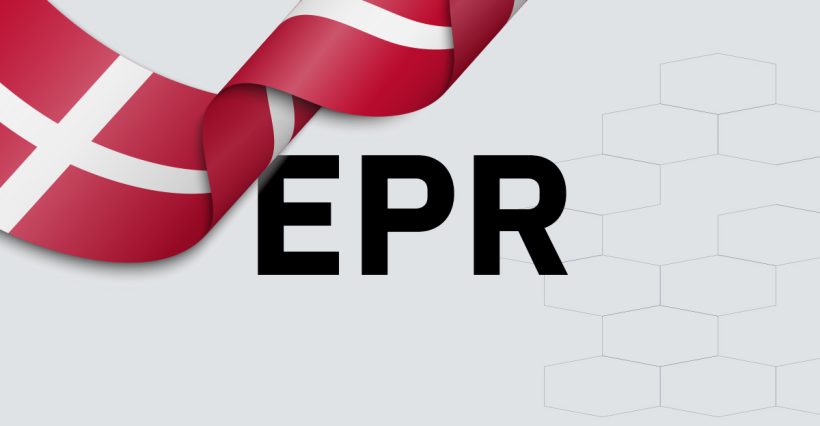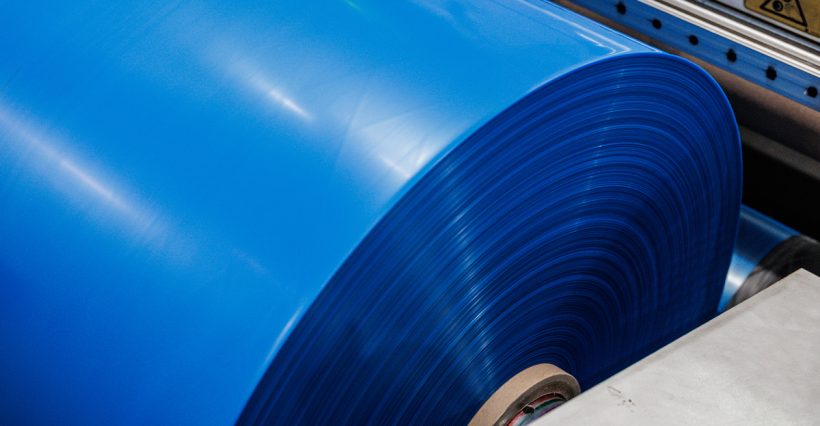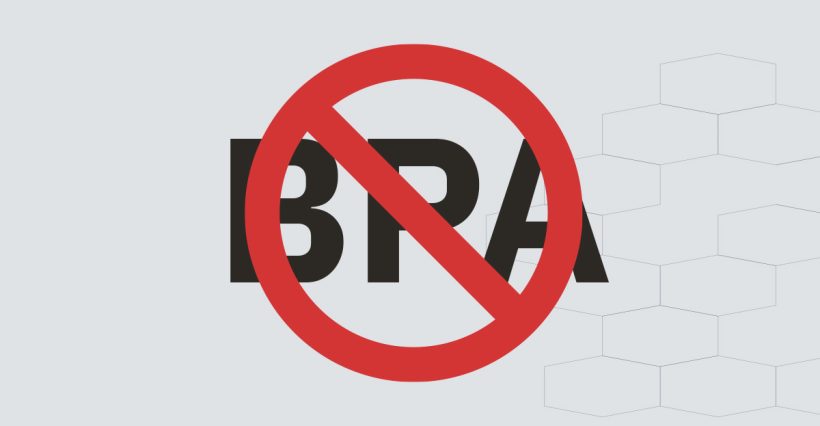Chemical recycling, how does it work? When people talk about recycling, it is often about mechanical recycling. When plastics are used from an economic and (environmental) technical point of view (e.g. multilayer structures of polymers with divergent melting points) cannot be mechanically recycled to the required standards, then chemical recycling (recycling of raw materials) can offer solutions. The following paper gives concrete examples of this type of situation.
Chemical recycling involves changing the chemical structure of plastic waste and breaking it down into the original building blocks (polymers, monomers or atoms) that make up the plastics. This can be used to make new plastics, as well as products such as chemicals or fuels. Four different techniques are often distinguished:
- Solvolysis (dissolving)
- Depolymerisation
- Pyrolysis (cracking)
- Gassing
These processes break down plastic waste to produce synthesis gas (syngas) and liquid and semi-liquid products. New depolymerisation processes can convert some types of plastics back to monomers to produce new plastics.
Chemical recycling is in the global spotlight right now. Major players such as BASF, Shell and Sabic are making investments, governments are providing subsidies and chemical recycling, like mechanical recycling, is expected to increase substantially in the future.
Currently, only 20% of all types of plastic are recycled. Chemical recycling will ensure that much higher recycling targets can be met, with the dream scenario looking like this:
- Mechanical recycling 40% (for all plastics, not just packaging).
- Chemical Recycling 15% closed loop and 25% longer loop.
- Biobased plastics 20%
This article discusses the pros and cons of chemical recycling of plastics and looks at the opportunities and challenges of this relatively new development.
Advantages of chemical recycling
About 50 per cent of plastic packaging waste from households and businesses is currently mechanically recycled. Current techniques and facilities are not capable of recycling all types of plastic packaging. Chemical recycling can help prevent plastic waste from ending up in incinerators or landfills when it is not suitable for mechanical recycling. Examples of advantages of chemical recycling over mechanical recycling are:
- Additives, fragrances and dyes can be separated from the packaging material.
- Combined materials and plastics in one package can be separated.
- It offers more opportunities for applying recyclate in packaging in the food sector.
- With chemical recycling, a much higher percentage of recycling is possible.
- In the long run, there is a high CO2 reduction.
- Chemical recycling can give plastic a better image
Waste streams for chemical recycling
Based on the above opportunities offered by chemical recycling, the following plastic streams are suitable for chemical recycling:
- Sorted monostreams that are too contaminated or difficult for mechanical recycling
PVC packaging and laminates, such as chip bags, are difficult to recycle by conventional techniques. PET packaging outside bottles and flasks, such as trays and cups, are also difficult to recycle mechanically. This is because, for example, different layers are difficult to separate and have different melting points. And in the case of PET trays, it is often impossible to distinguish between food and non-food packaging. The KIDV estimates that this involves some 30 kt per year.
- Plastic failing during sorting and recycling steps
The total waste from recycling chains comes to about 52 kt per year. This is 14% of household plastic packaging. Much larger still is the fraction of plastic from municipalities that is mixed with residual waste and eventually incinerated. This amounts to 195 ktonnes (51%). At present, this is not yet available for chemical recycling, but the trend towards more post-separation and pre-sorting at waste-to-energy plants means that some of this stream will eventually end up at recyclers. This will also allow this waste to be chemically recycled again.
- Mixed plastic streams
Much of the household plastic collected ends up in the 'mixed plastics' stream after sorting. When mechanically recycled, this is then mainly used to make benches, tiles and tables. This is also known as low-grade recycling. Chemically recycling these mixed streams could make higher-quality products and these processes may also score better on CO2-emissions.
- Plastics with additives, fragrances and dyes
Conventional washing or mechanical recycling cannot remove odours and dyes from plastic. As a result, packaging that is mechanically recycled cannot be used in the food industry either. Magnetic depolymerisation, a form of chemical recycling, removes dyes and other contaminants. This leads to a high-quality raw material equivalent to the fossil raw material for plastics. This makes it possible to recycle plastic packaging into food packaging.
Disadvantages of chemical recycling
Chemical recycling is not yet widely used. Many companies are still in the development phase. Regulatory barriers mean municipalities have no incentive to engage in chemical recycling. For example, recycling only occurs when the output is reused as a raw material in the manufacturing industry and not when the output of the chemical treatment processes is used as energy or fuel. In addition, collection and sorting fees do not currently apply to plastic packaging processed by a chemical recycler. To achieve further development, it is important to create a level playing field with mechanical recycling, where these kinds of fees therefore do apply.
Another disadvantage is that the waste streams required for chemical recycling still have to be cleaner than previously thought. Especially the techniques with high CO2 reduction also place higher demands on waste quality. Many new chemical recycling initiatives work perfectly on a laboratory scale with clean materials as input. However, practical tests with contaminated and difficult to mechanically recycle waste streams are far from successful. And the desirable cleaner input streams already effortlessly know their outlet elsewhere.
Techniques such as gasification and pyrolysis have less stringent waste input requirements, but these techniques also achieve lower CO2 reductions.
Furthermore, chemical recycling is often cost-intensive due to pre-processing, the amount of energy required and the chemicals/catalysts needed.
As a manufacturer of plastic packaging, we keep a close eye on developments and participate in conversations around chemical recycling.
KIVO is currently only able to recycle hair-and third-party waste-mechanically at our recycling plant REKS. However, KIVO is at an advanced stage in exploring the possibilities around the use of chemical recycling. Read here more about the closed-loop solutions brought by our recycling plant.



